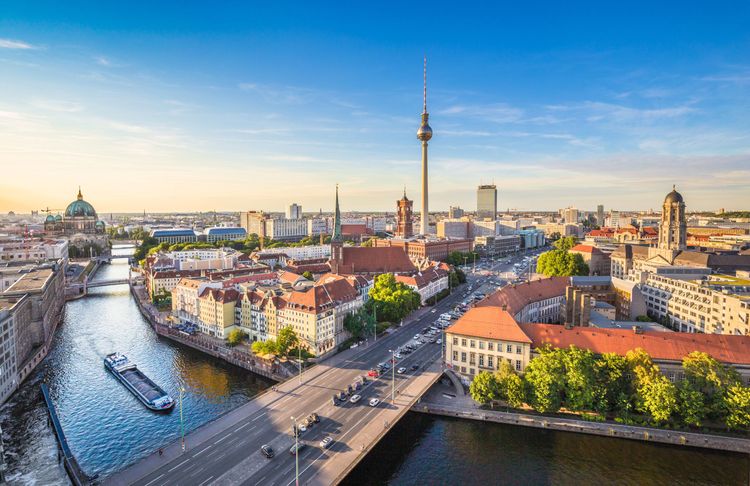Germany
Berlin
Four million people live in Berlin, the German capital. It is one of the most populous urban areas in Europe, which covers nearly 900 km². There is low topographic variation (30-70 m above sea level) and lakes and rivers comprise 6% of the city’s surface area. The flow in these surface waters is very low with a summer average of less than 20 m³/sec.
